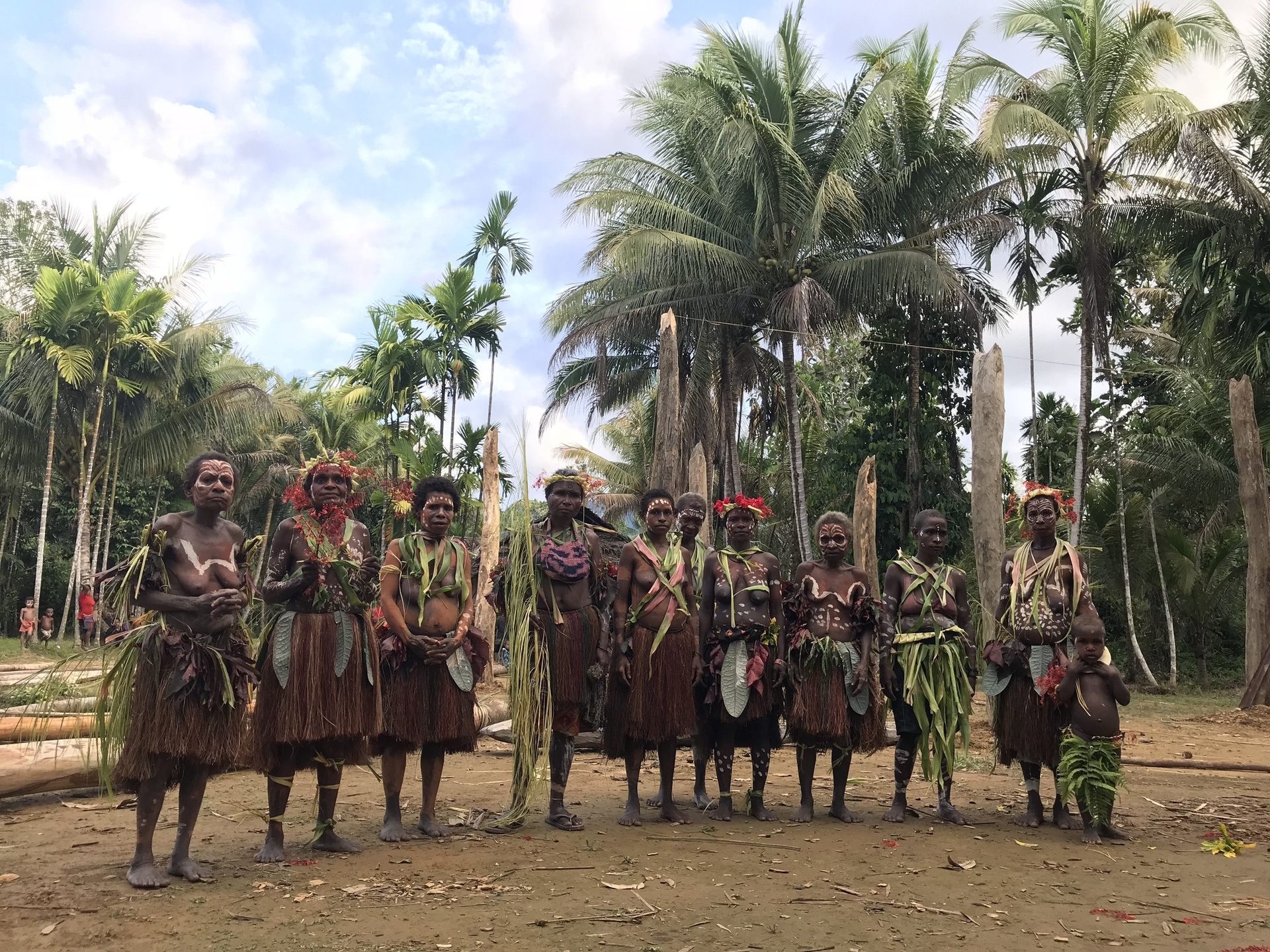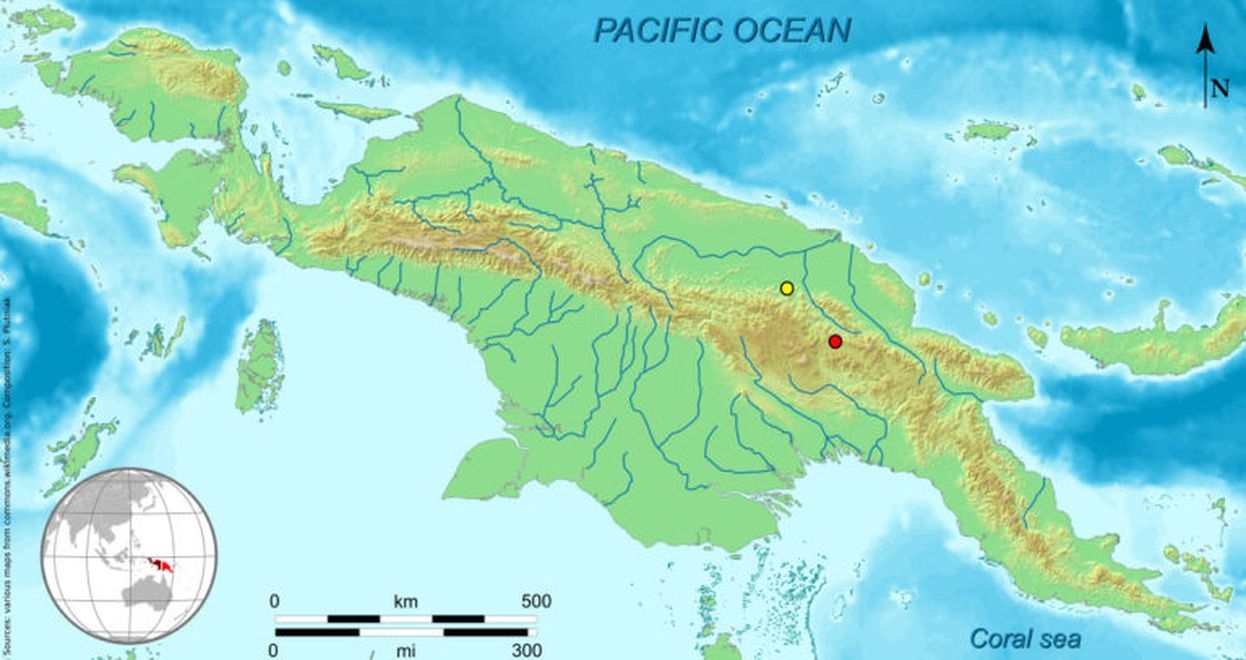Prehistory in Papua New Guinea
Isolated for 50,000 years on the island of New Guinea, the Papuans developed a cultural and genetic diversity unique anywhere in the world. This was the result of local adaptations and genetic mixing with other species of Homo.

By combining archaeological excavations with genetic analyses, we can better understand the settlement and adaptation of the Papuan populations - their biological, cultural and technical components - during the last fifty millennia in Papua New Guinea.
Entry point and dispersal across Papua New Guinea
Our research suggests the colonisation of Papua New Guinea – which then formed part of the continent of Sahul with Australia – started 50,000 years ago, from the southeast of the island, after crossing the plain of Arafura, now under water. The population then dispersed to the Highlands and high-altitude valleys (>1500 m) following the main rivers (Fly and Purari) and their tributaries. This scenario excludes the theory of a west-east dispersion following the central cordillera. Two main groups of colonisers have been identified thanks to the distinct genetic footprint they left in the Papuan population. However, what sets them apart culturally and technically cannot yet be understood through available archaeological data.
Late inland settlement
Surprising, the settlement of the interior of the island of New Guinea, and specifically the wide high-altitude valleys, such as Wahgi, only began 30,000 years after the settlement of the coastal regions. This delay can be seen both in the genetic data – a lack of genetic diversification and demographic growth in this period – and the archaeological data, with high-altitude sites occupied by humans only dated to the last 20,000 years.
Contact with the Denisovans
Since the human population had managed to adapt and settle each of the environments it had encountered after migrating from its birthplace in Africa to Papua New Guinea, this delay in settling these inland regions comes as something of a surprise. Several factors may have been in play, but our recent work suggests that interbreeding with the Denisovans may have occurred in Papua New Guinea (5% to 6% of the Papuan genome is Denisovan), and may have left a stronger genetic signature in the people of the island’s inland upper valleys where our archaeological excavations and surveys were focused. The existence of a competitor such as the Denisovans in New Guinea could have delayed the dispersal ofHomo sapiens inland.
Plant resources and ancient horticultural practices
Through interbreeding with the Denisovans they acquired the genes responsible for lipid metabolism. This enabled them to use plant resources and compensate for the rapid disappearance of megafauna in the millennia following the arrival of Homo sapiens. The use of plants as primary food resource can be seen in the alimentary bolus of present-day populations, and in the archaeological remains of the sites we are currently excavating (Manim and Paimbunkanja). Papua New Guinea shows traces of agroforestry dating from the first settlements, and the oldest traces of horticulture in the world (9,000 years), as attested by the lithic artefacts found during our excavations.
The project is supported by the French Ministry for Europe and Foreign Affairs on the advice of the Excavation Committee (Commission des fouilles).
Useful links
- Blog of The Papuan Past project
- Article about the Papuan past project in Le journal CNRS (in French)


